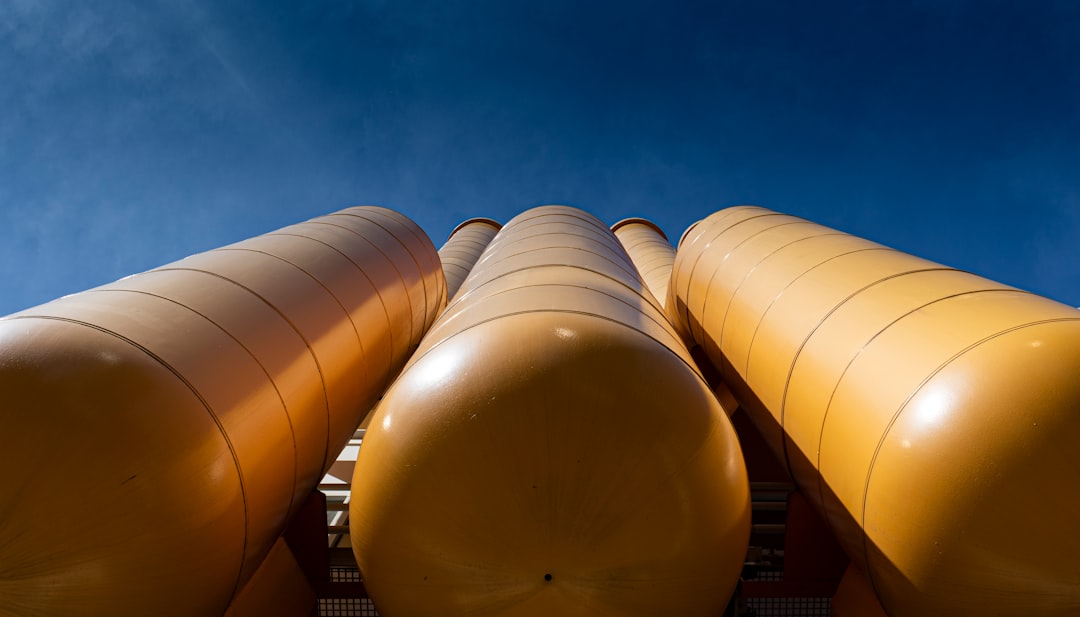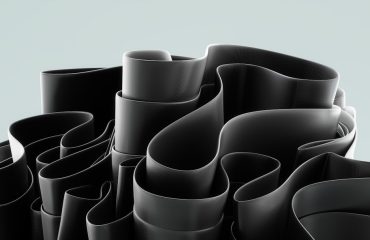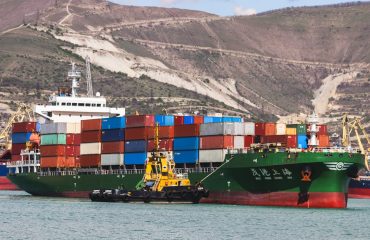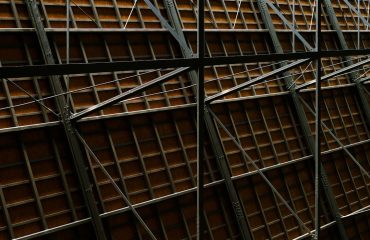The safe and efficient transportation of natural gas relies heavily on the integrity of the pipelines. Corrosion, abrasion, and environmental factors pose significant threats to these critical infrastructure components. To mitigate these risks, manufacturers employ various protective coatings, with epoxy (EP), polypropylene (PP), and polyethylene (PE) coatings being prominent choices. This comprehensive guide delves into the specifics of EP/PP/PE coated pipes for gas pipelines, exploring their unique properties, applications, and the benefits they offer.
Understanding the Different Coating Types: EP, PP, and PE
Each coating type offers distinct advantages depending on the specific application and environmental conditions. Let’s break down the key differences:
- Epoxy (EP) Coatings: Epoxy coatings are known for their excellent adhesion, chemical resistance, and mechanical strength. They provide robust protection against corrosion and abrasion, making them suitable for various pipeline applications, particularly in harsh environments. However, they can be more susceptible to damage from impact or UV radiation compared to other options. Different epoxy formulations exist, each tailored to specific requirements. For example, some are designed for high-temperature applications, while others prioritize resistance to specific chemicals.
- Polypropylene (PP) Coatings: PP coatings are thermoplastic polymers offering excellent chemical resistance, particularly against acids and alkalis. They are also known for their flexibility and toughness, enabling them to withstand significant bending and impact stresses. This makes them a suitable choice for pipelines experiencing high mechanical stress or operating in environments with fluctuating temperatures. PP coatings are often applied using fusion bonding techniques for superior adhesion.
- Polyethylene (PE) Coatings: PE coatings, particularly high-density polyethylene (HDPE), are widely used due to their excellent corrosion resistance, flexibility, and relatively low cost. They offer good abrasion resistance and are suitable for a wide range of environments. Their ease of application and relatively low installation costs make them a popular choice for large-scale pipeline projects. Different grades of PE are available, offering variations in properties like impact strength and temperature resistance.
Application Methods and Process Considerations
The application process for each coating varies, but generally involves several key steps: surface preparation, coating application, and curing. Surface preparation is critical to ensure optimal adhesion. This often involves cleaning, blasting, and priming the pipe surface. The coating is then applied using various techniques such as fusion bonding, electrostatic spraying, or fluidized bed coating. The curing process is vital to achieve the desired mechanical and chemical properties of the coating. This may involve heat curing, UV curing, or simply allowing the coating to cure at ambient temperature.
The specific application method chosen depends on factors such as the type of coating, pipe diameter, and available infrastructure. For example, fusion bonding is often preferred for PP and PE coatings, ensuring a seamless and strong bond between the coating and the pipe. Electrostatic spraying is a more versatile technique suitable for various coatings and pipe sizes.
Benefits of Using EP/PP/PE Coated Pipes in Gas Pipelines
The use of EP, PP, and PE coated pipes offers numerous advantages in gas pipeline applications:
- Enhanced Corrosion Protection: The primary benefit is the significant reduction in corrosion rates, extending the lifespan of the pipeline and minimizing maintenance costs.
- Improved Abrasion Resistance: The coatings provide a protective barrier against abrasion, protecting the pipe from damage during transportation, installation, and operation.
- Reduced Environmental Impact: By preventing corrosion, these coatings minimize the release of potentially harmful substances into the environment.
- Cost Savings: While there’s an initial investment in coated pipes, the long-term cost savings from reduced maintenance and extended lifespan often outweigh the initial cost.
- Increased Safety: Preventing leaks and failures through enhanced protection contributes significantly to overall pipeline safety.
Choosing the Right Coating for Your Gas Pipeline Project
Selecting the appropriate coating depends on several factors including:
- Environmental Conditions: Soil type, moisture levels, temperature fluctuations, and exposure to chemicals all influence the choice of coating.
- Pipeline Operating Conditions: Pressure, temperature, and flow rate within the pipeline impact the selection.
- Budgetary Constraints: The cost of the coating material and application process must be considered.
- Project Timeline: The curing time and installation process should be factored into the project schedule.
- Regulatory Requirements: Compliance with relevant industry standards and regulations is crucial.
Consulting with experienced pipeline engineers and coating specialists is essential to ensure the selection of the most suitable coating for a particular project.
Quality Control and Testing Procedures
Rigorous quality control measures are critical throughout the entire process, from material selection to final installation. This includes testing the coating’s thickness, adhesion, and resistance to various environmental factors. Regular inspections and maintenance are also essential to ensure the continued effectiveness of the coating and the overall integrity of the pipeline. Non-destructive testing (NDT) methods, such as ultrasonic testing and magnetic flux leakage testing, are often employed to assess the condition of the coating and the underlying pipe material without causing damage.
By understanding the properties and applications of EP, PP, and PE coated pipes, pipeline operators and engineers can make informed decisions to enhance the safety, longevity, and efficiency of gas transportation infrastructure.
SEO Tags:
- EP coated pipes
- PP coated pipes
- PE coated pipes
- Gas pipeline coating
- Pipeline corrosion protection




